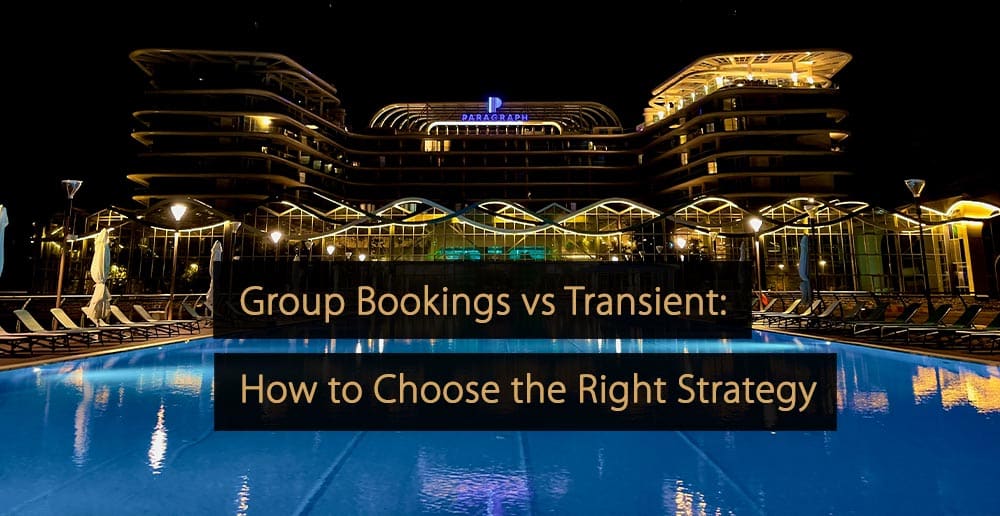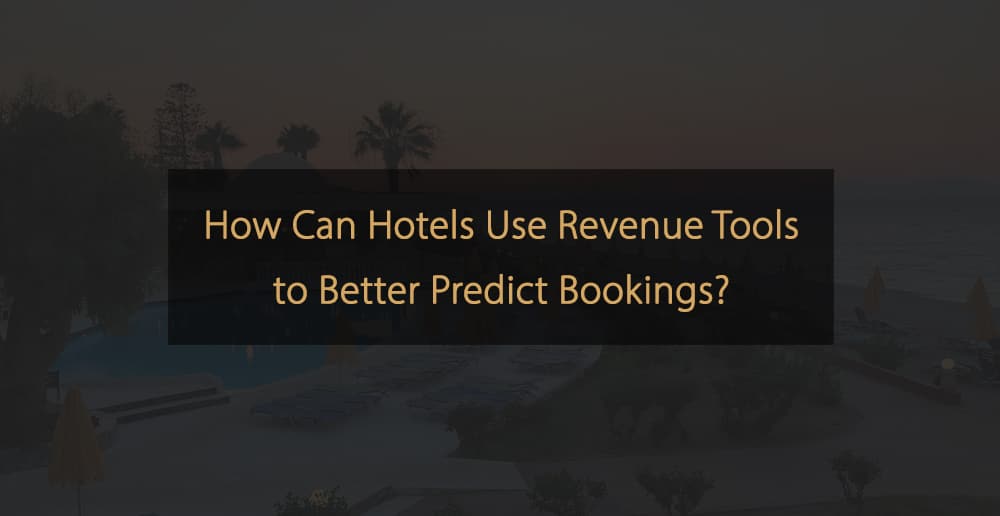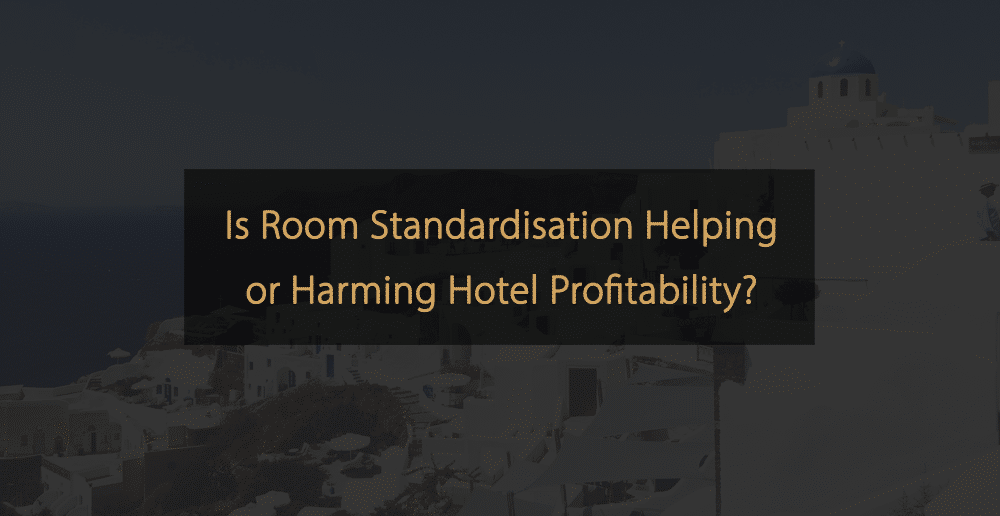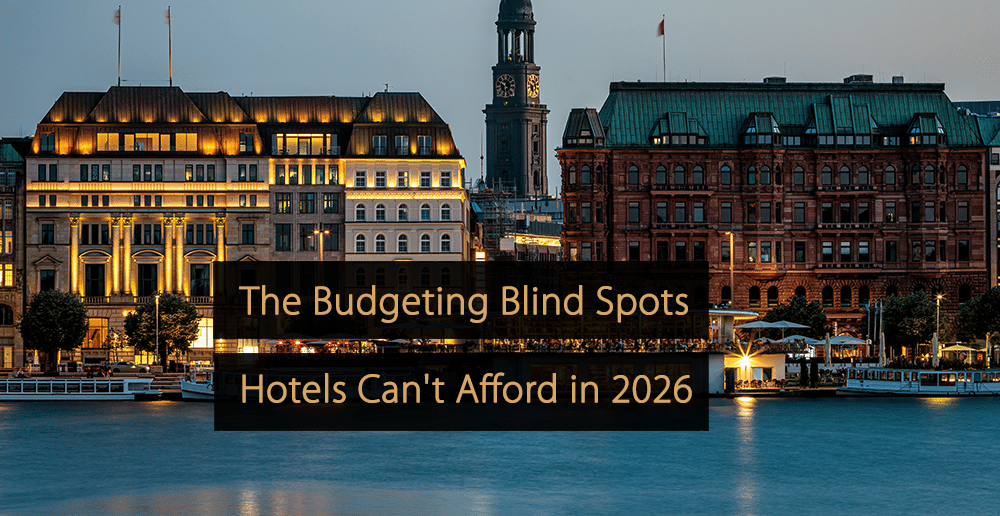Should you accept that group request or wait for more lucrative individual guests? This decision can significantly impact your hotel’s profitability. In this article, you’ll discover how to confidently assess each booking opportunity through a practical approach.
Group or Transient? Why This Choice Is So Important
Whether you run a boutique hotel, B&B, or small chain, every room matters. Say yes to the wrong group, and you could block high-value bookings. Say no, and you risk empty rooms and missed revenue. While filling empty rooms is important, it’s also about filling them profitably.
Unfortunately, guessing isn’t the best approach to business (and gut feeling won’t pay the bills). You need clarity. And that starts with understanding how group and transient bookings each contribute to your revenue and when one might be the better choice.
Group Bookings Bring Stability, Upsell Potential, and Operational Ease
Taking a group can feel like a safe bet, and for good reason. Here’s what makes group bookings valuable:
- Predictable revenue: Groups book in advance, locking in occupancy early and reducing uncertainty.
- Boost in low-demand periods: Many groups travel during shoulder nights or midweek, when demand is soft.
- Ancillary upsell opportunities: Meeting space, catered meals, events–all add to total spend.
- Operational ease: Group stays have predictable schedules, which make it easier to plan housekeeping, staffing, and services efficiently.
- Lower cost of acquisition: Groups usually book direct, helping you dodge OTA fees and commissions.
What’s more, group bookings can make life easier for your team, helping you plan ahead and avoid last-minute chaos. That is, of course, if the group is well-organized. (Every hotelier has at least one horror story, and some of them could give Stephen King a run for his money.)
Transient Guests Give You Flexibility, Higher ADR, and Rate Control
Transient business might be less predictable, but it gives you the freedom to maximize every opportunity. Benefits include:
- Higher ADR potential: Individual travelers typically pay more per room, especially during peak periods.
- Real-time rate control: You can respond instantly to market changes with dynamic pricing.
- Better segment control: Prioritize your VIPs, loyalty members, or last-minute guests when it matters most.
- Extra spend on-site: Spa bookings, room service, minibar sales – leisure guests often indulge more.
Transient business keeps your pricing strategy flexible and your margins healthy, but it also comes with more risk.
Gut Feelings Are Out. Data-Driven Calls Are In.
So… group or transient?
Like most good decisions, the answer is: it depends. But one thing’s certain — the insight you need is already in your data. Let your demand forecast and revenue displacement analysis guide you to the most profitable choice.
“When I was a revenue manager, I tried never to refuse a group,” says Harley Araujo, Global Franchises & Group Development Director at RoomPriceGenie. “If it was displacing transient revenue, I’d simply price it higher, sometimes even more than the public transient rate.”
This mindset is key. With the right data, you can confidently say yes, no, or “let’s negotiate” based on what brings your hotel the most value.
What Is a Revenue Displacement Analysis?
It’s how you evaluate whether accepting a group will displace more profitable transient bookings. The goal is simple: don’t lose money saying yes to the wrong deal.
You’re comparing:
- What the group is worth (room nights + extras)
- What you could earn from transient guests over the same period
- Any added costs the group might bring
If the group’s total value is higher, you have the green light. If not, it’s time to reconsider or renegotiate.
How to Do a Displacement Analysis (Without the Headache)
Here’s a simple way to approach it, and there’s no finance degree required:
Step 1: Estimate Group Revenue
Rooms × Nights × Rate = Room Revenue
Add expected spend on F&B, events, or services.
Example:
10 rooms × 2 nights × $150 = $3,000
Ancillary revenue = $2,500
Total = $5,500
Step 2: Estimate Transient Revenue Potential
Use your forecast, ADR, and historical data.
Example:
Same 10 rooms × 2 nights × $195 (expected ADR) = $3,900
Step 3: Compare and Decide
Is group revenue ($5,500) higher than transient revenue ($3,900)? Great – accept.
Lower? Reconsider or raise the group rate.
Don’t Say No. Say “Let’s Make It Work.”
A “no” doesn’t have to be the end of the conversation. Try:
- Suggesting alternate dates when demand is lower
- Negotiating a higher rate
- Bundling meals or services to boost overall value
The more rooms a group wants and the longer their stay, the more strategic your pricing needs to be.
“In some respects, group pricing should be the opposite of transient pricing,” Harley explains. “The more rooms a group needs and the longer the stay, the more the hotel may need to charge because it’s taking up a lot of inventory.”
Say Yes to the Bookings That Truly Pay Off
There’s no need to gamble with your revenue. Whether it’s a 20-room corporate group or a wave of summer travelers, the right decision starts with data. Use displacement analysis, lean into forecasting, and approach every booking with a clear goal: maximize total value and keep your revenue flowing strong.
Free Guide: The Benefits of Revenue Management
By reading this guide, you will gain valuable insights into how revenue management impacts every department and learn how to implement pricing strategies that boost revenue, streamline operations, and improve guest experiences.
Click here to download the guide “The Benefits of Revenue Management”.
More Tips to Grow Your Business
Revfine.com is the leading knowledge platform for the hospitality and travel industry. Professionals use our insights, strategies, and actionable tips to get inspired, optimize revenue, innovate processes, and improve customer experience.Explore expert advice on management, marketing, revenue management, operations, software, and technology in our dedicated Hotel, Hospitality, and Travel & Tourism categories.








Leave A Comment